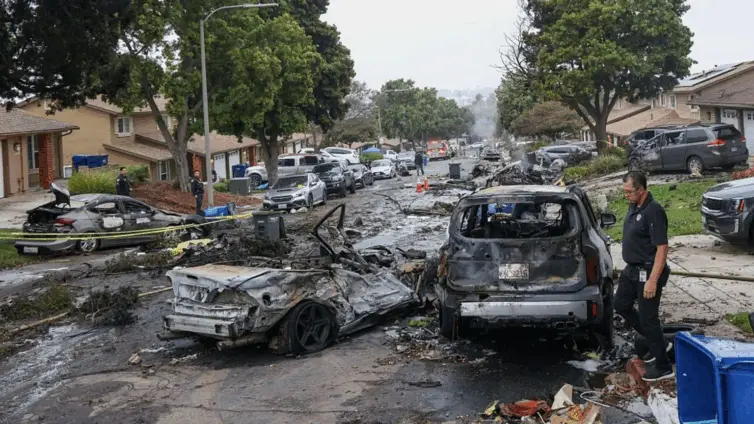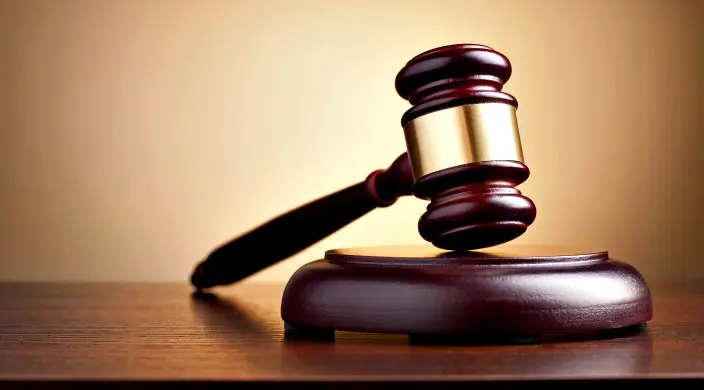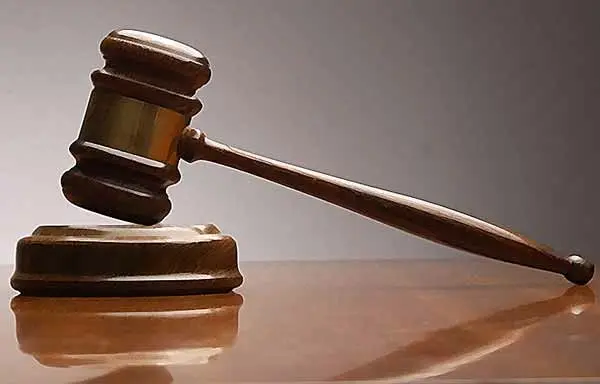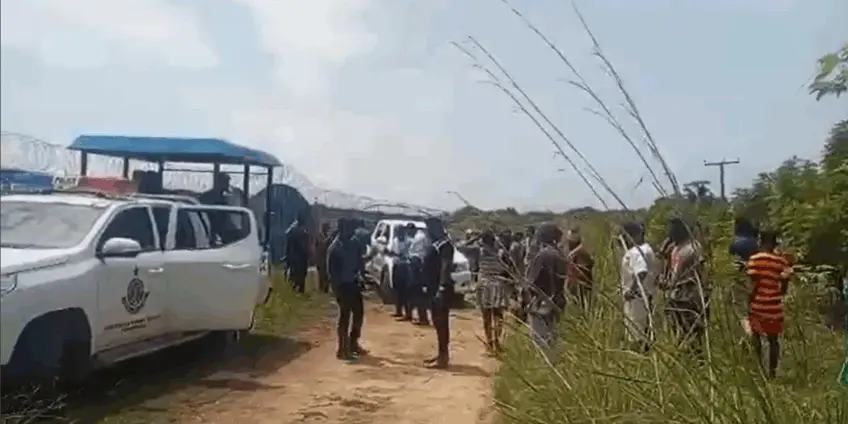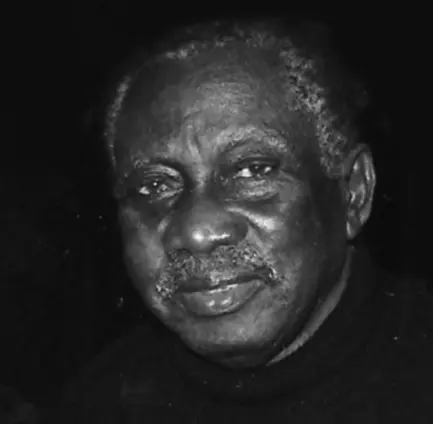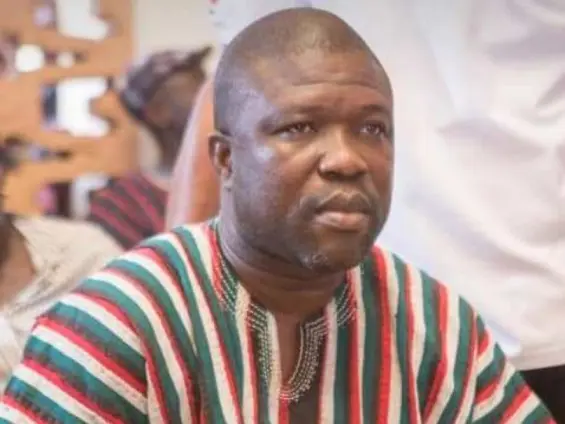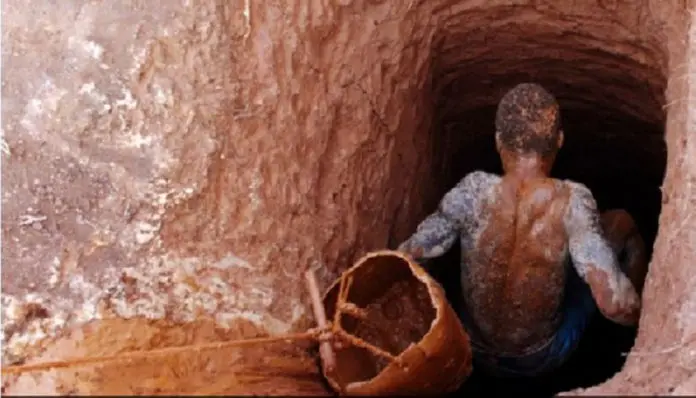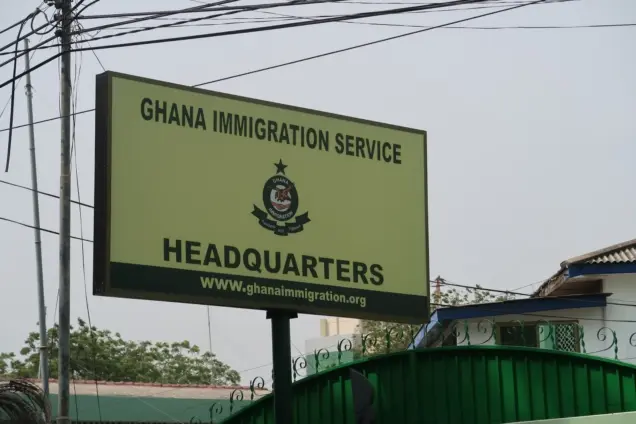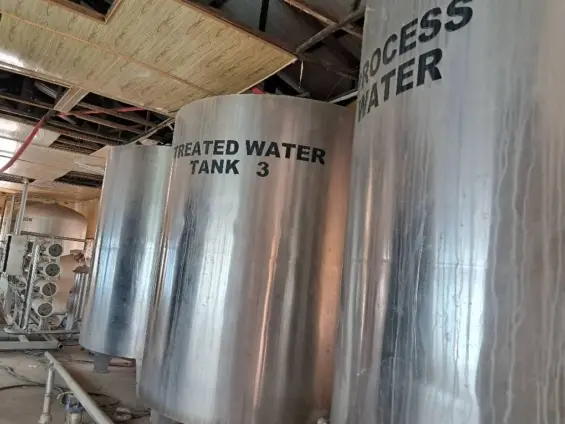St. Louis, Missouri, is reeling from the impact of a devastating tornado that has claimed the lives of five people and damaged over 5,000 buildings. The St. Louis tornado, a tragic event, has spurred a city-wide response as emergency services work to address the extensive damage and provide support to those affected. Initial reports paint a grim picture of roofs torn off houses, trees uprooted, and power lines downed, leaving a trail of destruction across the region. The emotional toll on the community is palpable, with many residents facing the daunting task of rebuilding their lives. As Mayor Cara Spencer somberly stated, “Our city is grieving tonight. The loss of life and the destruction is truly, truly horrendous.” The focus now is on providing immediate relief and beginning the long journey toward recovery from this unprecedented St. Louis tornado.
The scale of the devastation caused by the St. Louis tornado is immense. With five confirmed fatalities, the city mourns the loss of life while simultaneously grappling with the sheer volume of destruction. Over 5,000 buildings have sustained damage, ranging from minor structural issues to complete destruction. The storm has left a significant scar on the landscape, with roofs torn off houses, trees uprooted, and power lines downed across a wide area. One major road is particularly affected, with debris making travel difficult and hindering emergency response efforts. The destruction is a stark reminder of the power of nature and the vulnerability of communities in the face of such events.
The immediate aftermath of the St. Louis tornado brought widespread power outages, with approximately 100,000 properties left without electricity. The St. Louis Fire Department swiftly initiated house-by-house searches in the worst-affected areas, working tirelessly to locate and assist those trapped or injured. A particularly harrowing rescue took place at the Centennial Christian Church, where three people were pulled from the collapsed structure; tragically, one later died. The Fire Department faced numerous challenges, including navigating debris-filled streets and working in hazardous conditions, as they worked to ensure the safety of residents.
According to the US National Weather Service, the St. Louis tornado was part of a larger weather system that spawned at least six other tornadoes across Missouri and Illinois. These severe weather conditions are extending eastwards toward the Atlantic coast, prompting warnings and preparations in other states. The tornado that struck St. Louis touched down around 14:30 local time near Forest Park, an area that includes the St. Louis Zoo and the site of the 1904 Olympics. The timing of the event added to the chaos and danger, as many people were caught off guard by the sudden and intense storm.
In response to the St. Louis tornado, a curfew has been imposed from 21:00 to 06:00 in the most severely damaged areas. This measure is intended to prevent injuries from debris and reduce the potential for looting, ensuring the safety and security of residents and their property. While some have expressed concerns about the curfew’s impact on those displaced from their homes, city officials maintain that it is a necessary step to maintain order and protect vulnerable areas. The effectiveness of the curfew is being closely monitored as the city continues to assess the damage and coordinate relief efforts.
Mayor Cara Spencer’s statement encapsulates the community’s collective grief and determination. “Our city is grieving tonight. The loss of life and the destruction is truly, truly horrendous,” she said, emphasizing the city’s commitment to saving lives, keeping people safe, and providing space for the community to mourn. The emotional impact of the St. Louis tornado is profound, with many residents experiencing shock, fear, and a deep sense of loss. Support efforts are underway to provide counseling, shelter, and other resources to help those affected cope with the trauma and begin the healing process.
Looking ahead, the road to recovery from the St. Louis tornado will be long and challenging. As Mayor Spencer acknowledged, “We’re going to have a lot of work to do in the coming days.” The initial steps will involve comprehensive damage assessment, resource allocation, and coordination between local, state, and federal agencies. Several organizations are already providing aid and support, including the Red Cross, local charities, and volunteer groups. These organizations are working to provide shelter, food, water, and other essential supplies to those who have been displaced from their homes. Resources are available for affected residents.
Despite the devastation, the strength and unity of the St. Louis community are shining through. Stories of neighbors helping neighbors, offering shelter, and providing support are emerging from the affected areas. This spirit of resilience and compassion will be essential as the city embarks on long-term rebuilding plans. Community involvement will be crucial in ensuring that the recovery process is equitable and meets the needs of all residents. The focus will be on not only rebuilding physical structures but also on strengthening the social fabric of the community.
The St. Louis tornado has left an indelible mark on the city, claiming lives and causing widespread destruction. As the community mourns and begins the long process of recovery, the focus remains on supporting those affected and rebuilding a stronger, more resilient St. Louis. The words of Mayor Cara Spencer resonate deeply, reminding us of the importance of unity and compassion in the face of tragedy. While St. Louis will face challenges in the coming days, it is committed to helping its residents recover from the St. Louis tornado and move forward.
Image Source: MYJOYONLINE


